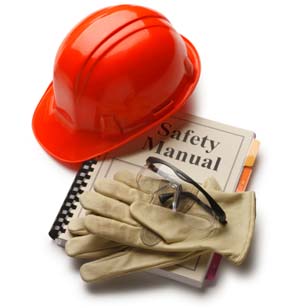
The decisions managers make regarding the health and safety of their workers become increasingly more important as time passes due to ever increasing penalties, some aimed directly at the top management, “for willfully endangering the lives of employees. Many of the decisions made are based on strategic choices available to the organization. Some of these strategic choices are as follows:
1. Level of protection: Managers must determine the level of protection the organization will provide employees. Some firms, for financial or liability reasons, prefer a minimum level of protection, others prefer a maximum level.
2. Safety regulations: Managers can decide whether safety regulations will be formal or informal. Formal regulations are written and carefully monitored while informal regulations are enforced through peer pressure or good training.
3. Proactive or reactive: Managers also can be proactive or reactive in terms of developing procedure or plans with respect to employee safety and health. Proactive managers seek to improve the safety and health of their employers after they occur.
4. Safety and Health of workers: Managers can decide to use the safety and health of workers as a marketing tool for the organization. This type of strategy involves advertising that company X is a great place to work because of how much it cares about the worker “Safety before production” could be the company’s motto. Other firms take the opposite strategy and stress output over safety.

 Follow
Follow